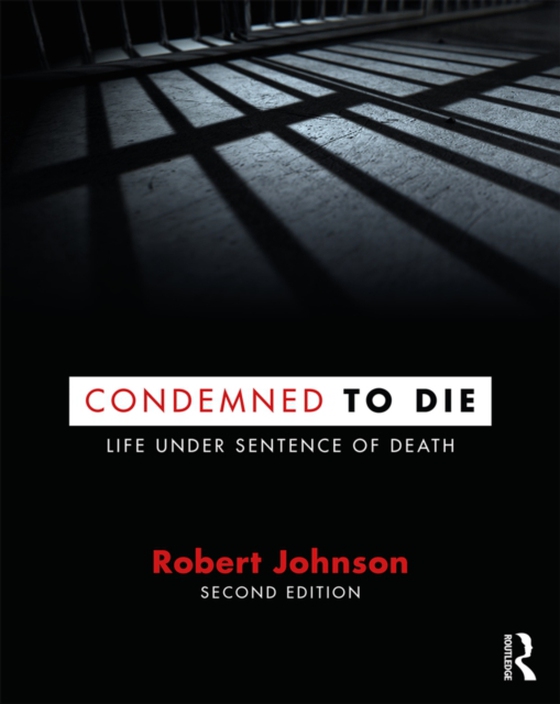
Condemned to Die e-bog
436,85 DKK
(inkl. moms 546,06 DKK)
Condemned to Die is a book about life under sentence of death in American prisons. The great majority of condemned prisoners are confined on death rows before they are executed. Death rows typically feature solitary confinement, a harsh regimen that is closely examined in this book. Death rows that feature solitary confinement are most common in states that execute prisoners with regularity, wh...
E-bog
436,85 DKK
Forlag
Routledge
Udgivet
7 december 2018
Længde
146 sider
Genrer
Crime and criminology
Sprog
English
Format
epub
Beskyttelse
LCP
ISBN
9781351112376
Condemned to Die is a book about life under sentence of death in American prisons. The great majority of condemned prisoners are confined on death rows before they are executed. Death rows typically feature solitary confinement, a harsh regimen that is closely examined in this book. Death rows that feature solitary confinement are most common in states that execute prisoners with regularity, which is to say, where there is a realistic threat that condemned prisoners will be put to death. Less restrictive confinement conditions for condemned prisoners can be found in states where executions are rare. Confinement conditions matter, especially to prisoners, but a central contention of this book is that no regimen of confinement under sentence of death offers its inmates a round of activity that might in any way prepare them for the ordeal they must face in the execution chamber, when they are put to death. In a basic and profound sense, all condemned prisoners are warehoused for death in the shadow of the executioner. Human warehousing, seen most clearly on solitary confinement death rows, violates every tenet of just punishment; no legal or philosophical justification for capital punishment demands or even permits warehousing of prisoners under sentence of death. The punishment is death. There is neither a mandate nor a justification for harsh and dehumanizing confinement before the prisoner is put to death. Yet warehousing for death, of an empty and sometimes brutal nature, is the universal fate of condemned prisoners. The enormous suffering and injustice caused by this human warehousing, rendered in the words of the prisoners themselves, is the subject of this book.
 Dansk
Dansk

